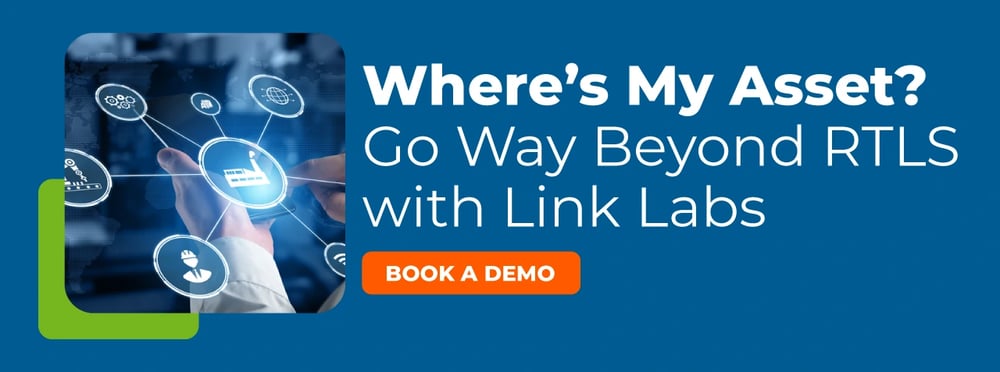Oftentimes, asset tracking and asset management are intermingled terms but in actuality are two different types of IoT solutions that help companies with specific use cases. In this blog, we will be discussing the differences between asset tracking and asset management to better understand which is the ideal fit for your company.
What is Asset Management?
Asset management is the process of overseeing the assets of a company. It involves multiple aspects, such as logging the usage of one’s equipment. For example, if a company has multiple machines producing a product, asset management would be able to find out how efficiently these machines are being used. Say one of these machines was producing significantly less than the others, the manager would then find a solution to either repair or replace the failing machine. Asset management helps companies to utilize equipment more efficiently, add value for customers, and reduce loss, among other benefits.
What is Asset Tracking Technology?
Asset Tracking is the process of monitoring the location of assets for a company. Asset tracking not only notifies users of the current location of assets, but also tells users the location assets have been. There are two main types of asset tracking systems available, passive RFID and active RFID.
Join the AirFinder Difference!
- Innovation. Organizations can be freed up to innovate and bring more impactful products and services to market.
- Profitability. Increased profitability provides new opportunities to innovate and improve valuation.
- Digital Transformation. Discover competitive advantages, new revenue opportunities, improved customer relationships and increased efficiency.
Passive RFID
Passive RFID solutions do not have a real power source, instead, the device will send out a radio frequency signal to “wake up” the tag. After this occurs an antenna registers the radio signal and relays it back to the reader. Passive RFID involves components such as barcode scanners. Barcode tracking is common in many industries but has a prolific presence in retail and manufacturing. Barcode scanners are limited in their ability to track assets since they only send updates when an item is scanned or passes through a designated zone. This only allows users to visualize an asset’s location based on the last scanned location or last known location.
Active RFID
Active RFID solutions are battery-operated systems that use various types of connectivity options such as GPS, cellular ID, Bluetooth, and more. Active RFID systems provide real-time location updates that enable users to track assets without having to pass through a specific zone or be manually scanned. This more efficient tracking is possible because of the batteries it uses. GPS tracking, for example, is a form of active RFID tracking that is best suited for assets that move outdoors.
Utilizing satellites, GPS asset trackers are able to calculate the position of employees, equipment, or vehicles with precision. Even though GPS tracking provides greater location accuracy than other connectivity options, the major drawback is its power consumption. This form of tracking requires a large amount of energy and drains the battery of the device being used. In situations where precision is less of a priority, companies can opt to prioritize cellular ID or Bluetooth when indoors.
Which Solution Is Right For Me: Asset Management or Asset Tracking?
Depending on a company’s use case needs, they will either opt for an asset tracking or asset management solution. Although asset tracking solutions' primary function is to track location, companies are finding crossover benefits that asset management systems typically offer, such as equipment utilization. This makes asset tracking systems an affordable option to satisfy multiple use case requirements.
Link Labs is a real-time location system (RTLS) provider. Through Link Labs’ AirFinder system, users have access to asset tracking and monitoring. AirFinder can enable use case requirements such as inventory management, process efficiency, and more.
Asset management and asset tracking can greatly improve a company's performance. They help save companies money and perform workplace operations more efficiently. If you’d like more information on the AirFinder system, book a demo to learn more.





